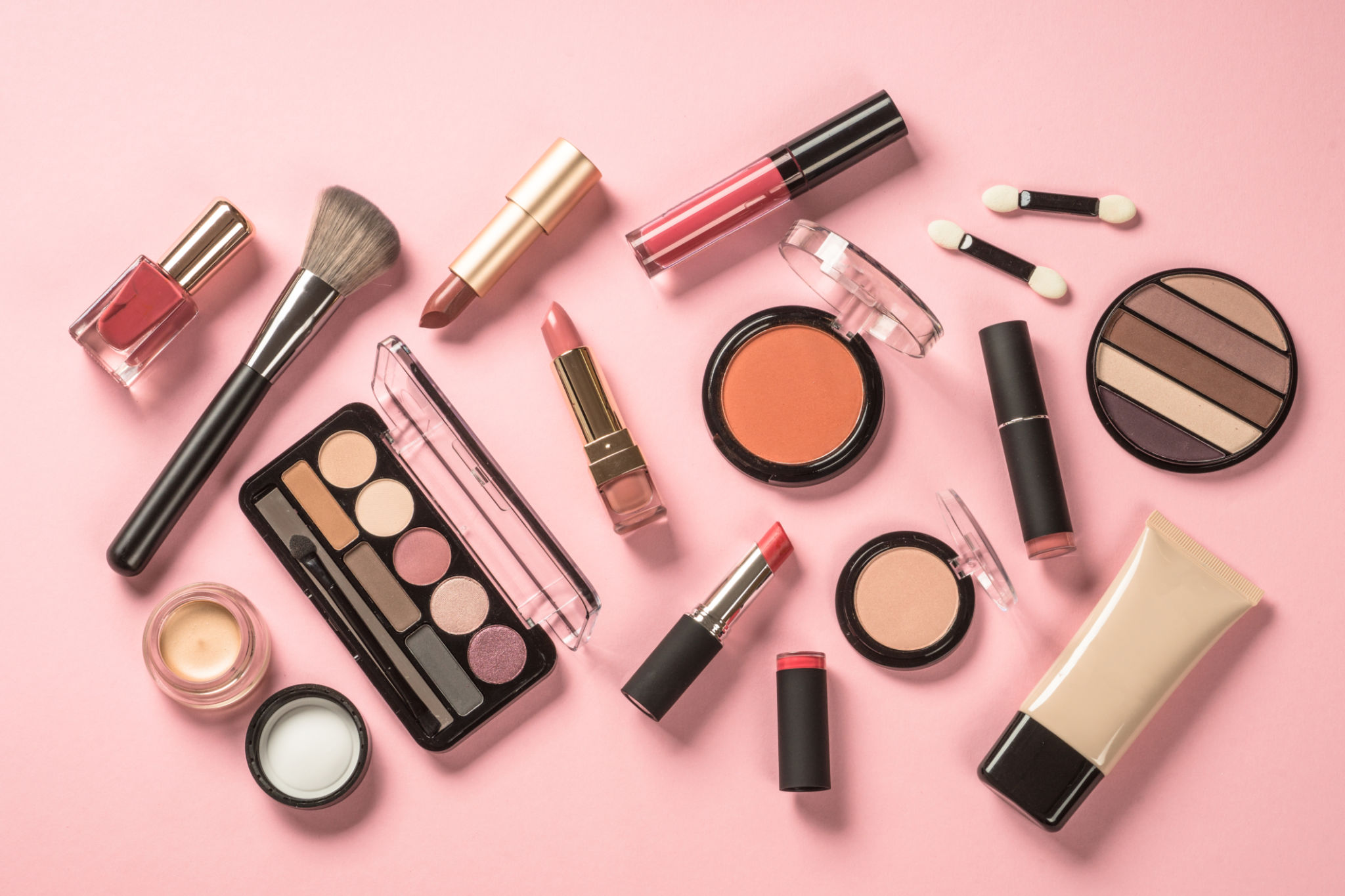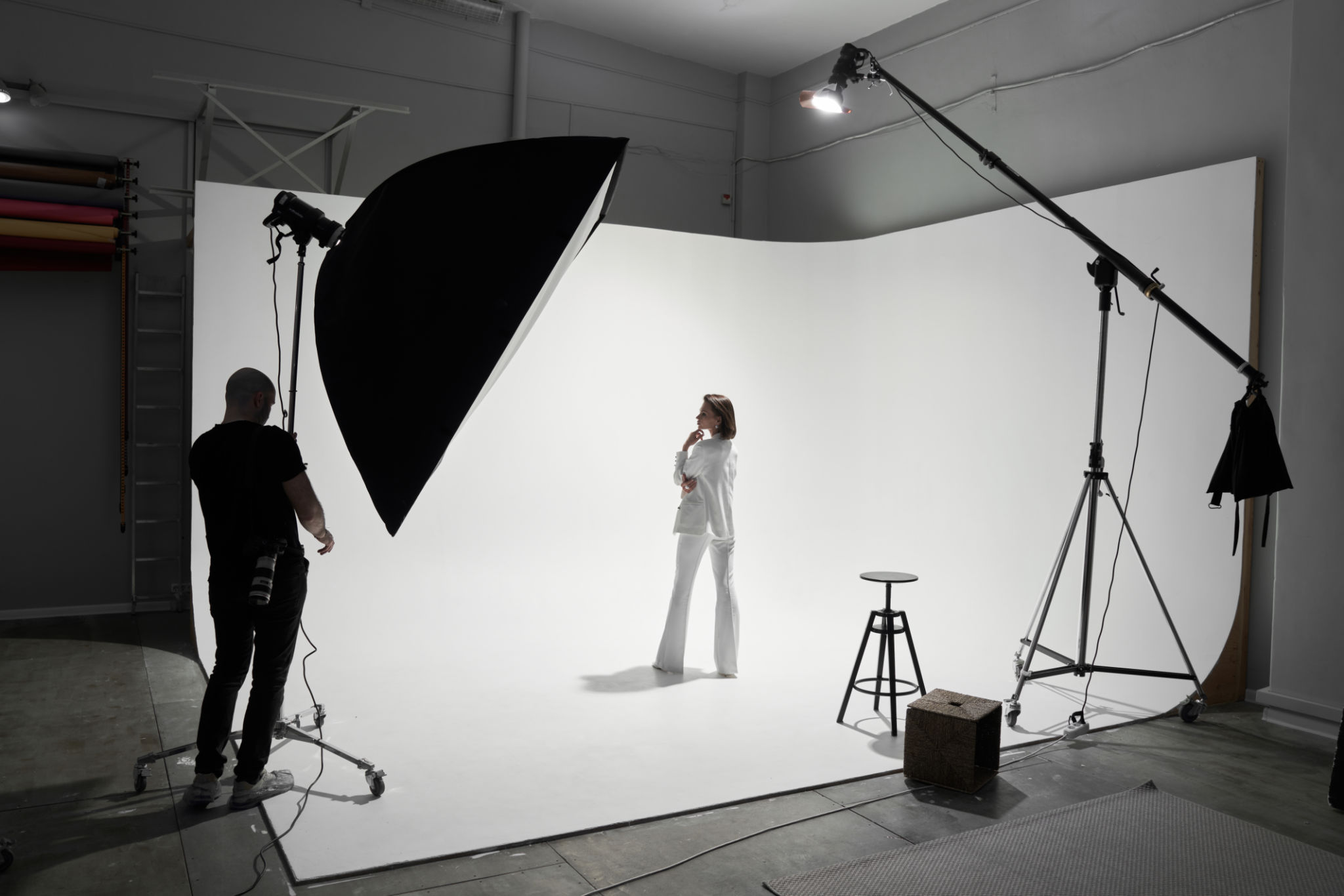Building a Successful MUA Portfolio: Essential Tips and Tricks
Understanding Your Unique Style
Building a successful makeup artist (MUA) portfolio begins with identifying and embracing your unique style. Your portfolio should reflect your personal aesthetic and the types of makeup looks you excel at creating. Consider what makes your approach to makeup distinct and how you can consistently deliver that through your work. Identify the styles you love—be it bridal, editorial, theatrical, or everyday glam—and focus on showcasing these strengths.
When curating your portfolio, ensure that your personal style is evident in every image. Consistency is key, but don't be afraid to showcase a range of looks within your niche. This will not only highlight your versatility but also make it easier for potential clients to see the breadth of your talent.

High-Quality Photography
Investing in high-quality photography is essential for a professional MUA portfolio. The images should be crisp, well-lit, and highlight the details of your work. If photography isn't your strong suit, consider collaborating with a professional photographer who understands how to capture makeup effectively. The right lighting can make a significant difference, bringing out the colors and textures in your makeup applications.
When planning photoshoots, think about the overall composition of each image. The background should not distract from the makeup itself, and the model's pose should enhance the look. Attention to detail in photography will help convey your professionalism and attract discerning clients.
Collaborating with Models and Photographers
Working with experienced models and photographers can elevate the quality of your portfolio significantly. Seek out collaborations with individuals who share your vision and can bring something unique to the table. Clear communication and pre-planning are crucial to ensure everyone involved understands the goal of the shoot.

Diverse Range of Looks
While maintaining a consistent style is important, diversifying the looks in your portfolio will demonstrate your ability to cater to different needs and occasions. Include a variety of makeup styles that showcase different techniques, such as contouring, highlighting, or creative eye makeup. This diversity not only highlights your skill set but also shows potential clients that you can adapt to their specific requests.
A well-rounded portfolio might include a balance of natural looks, bold editorial styles, and themed makeup applications. Remember to update your portfolio regularly with new work to keep it fresh and engaging.

Utilizing Social Media Platforms
In today's digital age, social media platforms like Instagram and Pinterest are invaluable tools for showcasing your portfolio. Create a cohesive online presence by regularly posting high-quality images from your portfolio. Use relevant hashtags and engage with followers to increase your visibility. Social media not only acts as an extension of your portfolio but also offers a platform for networking and connecting with potential clients.
Consider sharing behind-the-scenes content or tutorials to give followers insight into your creative process. This not only builds engagement but also establishes you as an expert in your field.
Receiving and Implementing Feedback
Feedback is an essential part of growing as a makeup artist and refining your portfolio. Don't shy away from constructive criticism; instead, use it as an opportunity for improvement. Whether it comes from peers, mentors, or clients, feedback can provide valuable insights into areas where you can enhance your skills or presentation.
Make it a practice to review feedback periodically and implement necessary changes to keep evolving your portfolio. By being open to continuous learning, you'll ensure your portfolio remains competitive and relevant in the industry.

Regular Updates and Maintenance
Your MUA portfolio is a dynamic tool that should evolve along with your career. Regularly updating it with new projects and removing outdated work is crucial to maintaining its relevance. Schedule periodic reviews of your portfolio to assess its content critically. Consider rotating images to keep the presentation fresh and engaging for repeat visitors.
By keeping your portfolio current, you demonstrate professionalism and commitment to growth, which are attractive qualities to potential clients and collaborators alike.